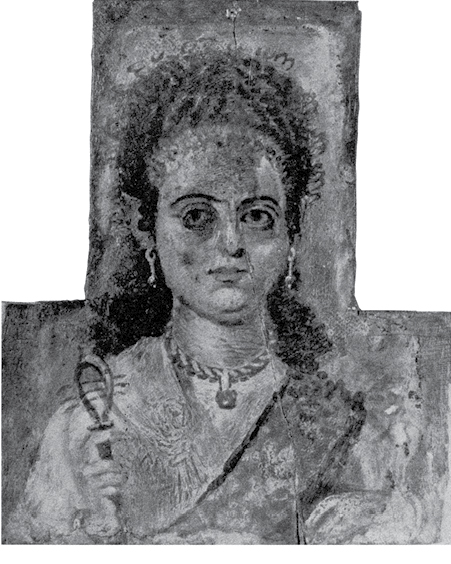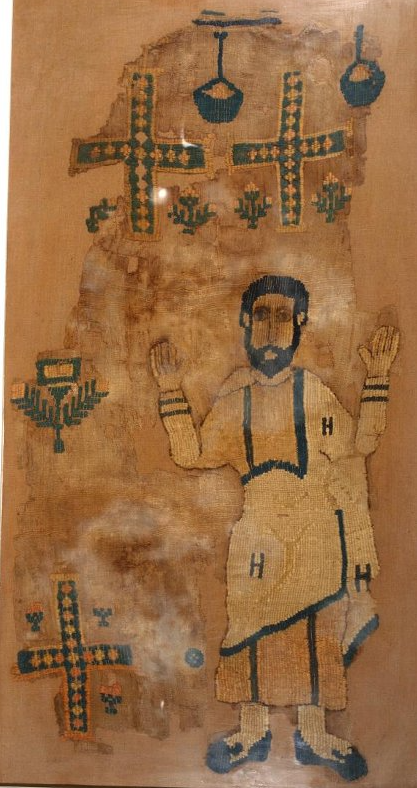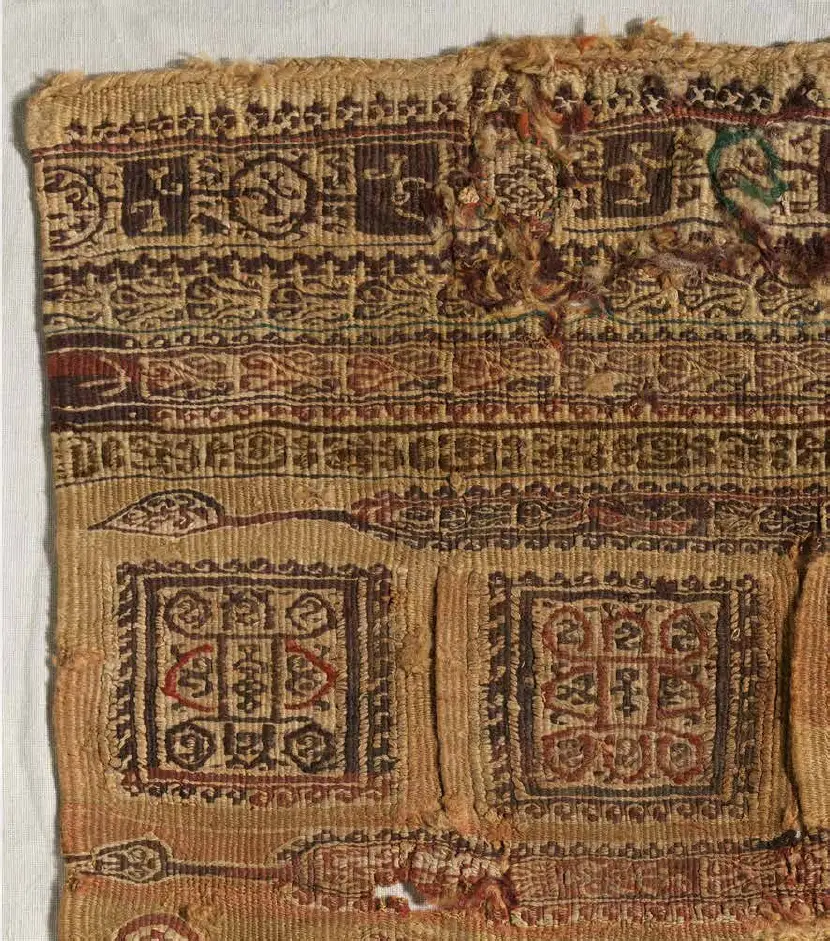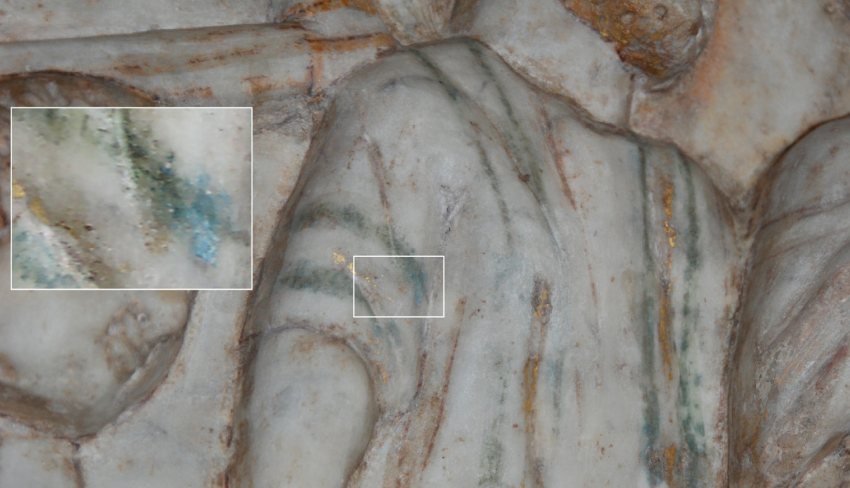
Votive stele to Artemis (Eileithyia – Locheia), from Achinos (Echinos), end of the 4th – beginning of the 3rd century BCE. Lamia Museum AE 1041
“Other rituals took place, such as going to sanctuaries to thank the gods for a happy delivery. On the Echinos relief, the baby is presented to Artemis, patron of childbirth and a fostering deity, by the mother and servants leading
an animal for sacrifice” Véronique Dasen, Childbirth and Infancy in Antiquity, p. 303 https://core.ac.uk/download/pdf/79426554.pdf
“A young mother is making a thank-offering to Artemis-Eileithyia, protector of women during labor. A senior woman is holding a pyxis (jewelry case). She is perhaps the mother, or mother-in-law of the young woman. A servant girl is following with a tray of offerings: grapes, apples, pomegranates, honey-sweets. The young mother proceeds holding the infant for the goddess’s inspection. A servant follows leading the sacrificial bull to the altar of the goddess. Artemis is turned to the adorants and holds a torch- a symbol the chthonic character of deities.
Unique is the representation of the clothes and shoes the young mother wore during the birth and which are dedicated to the goddess.” Description and a main photo
“The scene depicted on it is particularly elucidated by the garments shown in low relief hanging in the background, thought to be the wall of the temple of Artemis. The goddess is represented standing, holding a large torch in her right hand. (…)
Particularly notable are the figures depicted behind the sacrificial altar with the servant and the bull. First comes a youthful striding female figure in a high-girded Attic peplos, holding out an infant, possibly a girl. A maiden is depicted in lower relief behind her, also clad in the Attic peplos, carrying on her head a tray with various offerings and holding a small oinochoe in her lowered right hand. The last figure on the left is a taller woman of more mature age clad in chiton and mantle. She raises her right hand before her breast in an adoration gesture, while grasping a small incense box in her outstretched left hand. The young woman holding the child is usually identified either as the mother or the nurse.
I do not agree with the interpretation that this figure is the mother presenting her baby girl to the goddess on the occasion of the successful birth or in order to ensure further divine protection for the infant. A mother is never clad in an Attic peplos on votive or grave reliefs. On the other hand, when a nurse carrying the baby appears on Greek votive reliefs depicting families of adorants, she is set at the end of the array of mortals, dressed in chiton and mantle.
I would like to suggest that the figure in question is a young priestess of Artemis. This youthful female figure is dressed in the same garment as Artemis, the Attic peplos, and has her hair similarly arranged in a small bun over the nape of her neck. Moreover, she is attended by the maiden, who bears the tray of offerings on her head and the libation jug. The latter may thus be interpreted as the maidservant of the priestess, reminding us of the young girls attending Athena Polias’ priestess on the Parthenon east frieze. The young priestess of Artemis is of the appropriate age for serving the maiden goddess and also bears the special attire of unmarried females.
An ordinary maiden is never depicted leading a group of adults, but instead shows her modesty by occupying a less prominent position within the group. Thus, three of the four female figures portrayed on the relief, namely the youthful goddess Artemis, the young woman presenting the child to the goddess, the one we have interpreted as a priestess, as well as the young attendant bearing the offerings wear the Attic peplos, their hair bound securely in a bun at the nape of the neck. The choice of this attire and youthful coiffure by the sculptor of the relief was purposeful, in order to declare the association between these three figures. On the other hand, the mature woman on the left end of the relief is wrapped in her mantle and veiled. This figure has been interpreted as the grandmother or as the priestess of Artemis. However, the veiled head and the adoration gesture occur on married female adorants, hence she is probably the dedicator of the relief and mother of the child. On the other hand, the young woman carrying the child is shown boldly approaching the goddess in a manner not befitting female votaries on Greek votive reliefs who always proceed with restraint, performing an adoration gesture towards the gods. Her intimacy of communication with Artemis on the relief scene points to the female figure’s identification as the youthful priestess of the goddess.”
Godlike Images: Priestesses in Greek Sculpture, Iphigeneia Leventi
in: “Greek Art in Motion”










